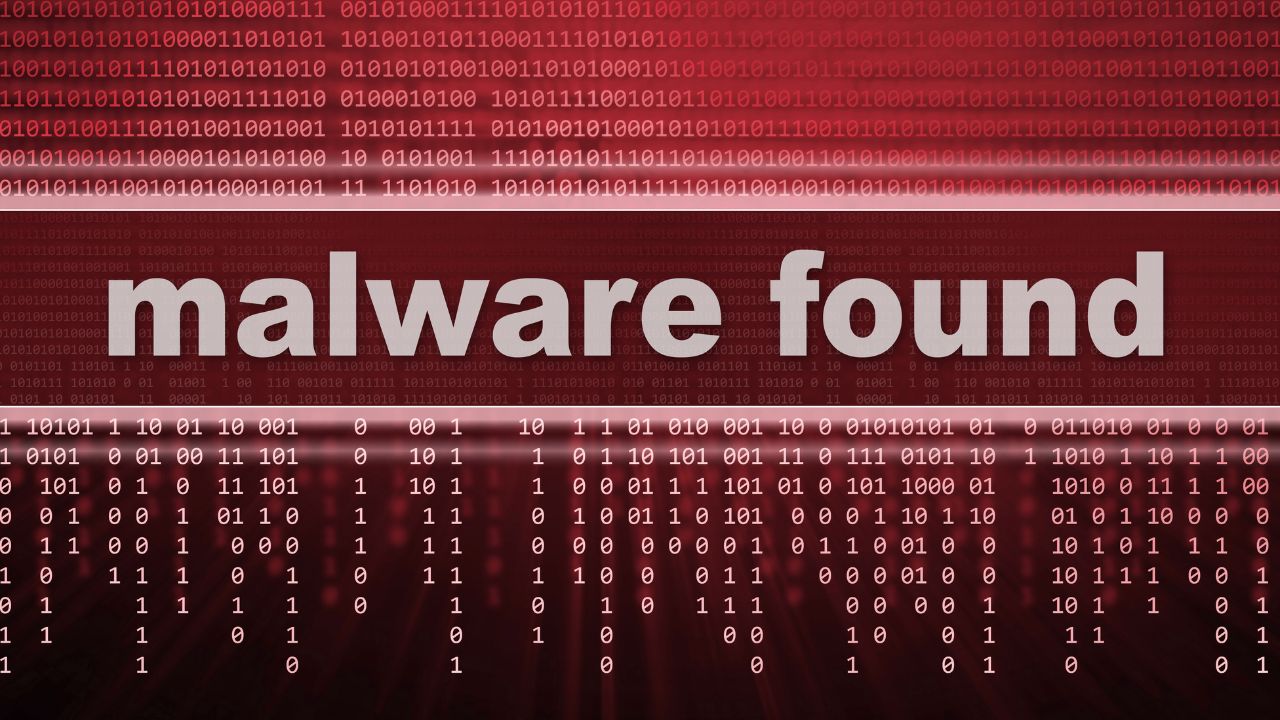
Hunter-Killer Malware: The Stealthy Evolution of Cyberthreats
The rise of ‘hunter-killer’ malware tactics signifies a concerning trend in cyberattacks, lying in wait before striking.
This approach, observed in over 600,000 malware samples analyzed, involves evading detection and disabling cybersecurity defenses before delivering malicious payloads like ransomware.
Key findings indicate a significant surge in tactics such as process injection, command and scripting interpreter usage, defense impairment, and system information discovery. These techniques saw substantial increases in 2023, indicating a strategic shift towards proactive evasion and defense disruption. Notably, evasion techniques like process injection saw a 45% increase, emphasizing the attackers’ focus on stealth and privilege escalation.
The analysis highlights the intertwined nature of these techniques, with defense impairment often preceding payload delivery. Examples include ransomware modifying system settings to disable logging and evade detection, and the exploitation of native OS tools for information gathering.
Furthermore, the prevalence of data encryption for impact and application layer protocol usage underscores the ransomware threat’s significance, with double extortion tactics becoming increasingly common. This combination of stealth, persistence, and data exfiltration is also conducive to cyber espionage, amplifying the threat landscape’s complexity.
Geopolitical tensions are suggested as a potential driver for these sophisticated attacks, with APT groups like APT28 and APT29 exhibiting significant activity. However, regardless of the attackers’ identities, the consequences remain consistent: heightened sophistication in evasion and defense disruption.

Given the challenges in detecting neutralized security tools, organizations are urged to prioritize security validation to assess readiness and identify vulnerabilities. This proactive approach is crucial for ensuring effective defense mechanisms and mitigating the impact of increasingly sophisticated cyberthreats.
